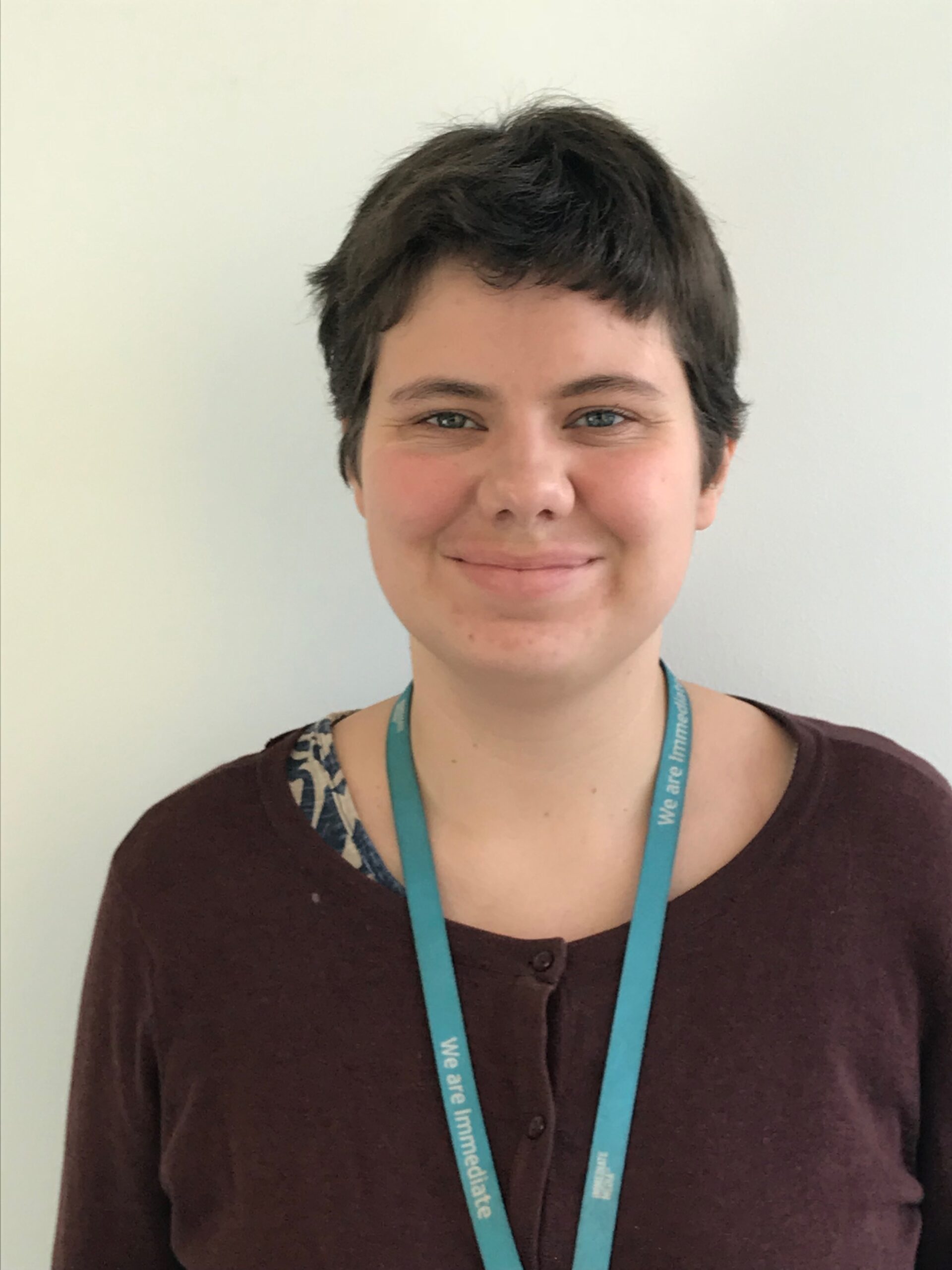Chris and Xand van Tulleken are identical twin brothers who are medical doctors and presenters of medical TV programmes including the CBBC show Operation Ouch! They were born on 18 August 1978.
Their full surname is van Hoogenhouck Tulleken. At the start of their episode of Who Do You Think You Are?, Xand says: “I don’t think I really know anything about our family history, other than that we have this very strange name… Our surname is Dutch, but that’s all we know.”
In their parents’ house, Chris comments that they “grew up in a museum”, filled with pictures and artefacts of their ancestors. They’re particularly intrigued by a document appointing a Jan Tulleken as “Captain of the Dutch ship Gelderland”.
Their father shows them old photographs of their 2x great grandparents Rodolphe van Hoogenhouck Tulleken and Louise de Bruijn. Louise was rumoured to be Indonesian. He also shows them an heirloom shovel, engraved with Dutch writing with the name H. de Bruijn and a reference to the Samarang Canal, apparently in Indonesia.
First, they want to find out more about Jan Tulleken, their 4x great grandfather. They visit the historic dockyard at Chatham to meet historian Dr Graeme Callister. He tells them that Jan joined the Dutch navy at the age of 13. By the age of 25, he was captain of his own ship and a supporter of William V, Prince of Orange, who faced a challenge to his authority by the rival Patriot faction. In 1795, the French invaded the Netherlands and the Patriots seized power. William and his followers fled to England. Jan became an English subject under the name John. He was then given command of the Gelderland, sailing under Dutch colours and allying with the British against the French.
However, an old newspaper article shows that by 1802, Captain Tulleken was bankrupt after Britain and France made peace. He returned to the Netherlands, so Chris and Xand go to Amsterdam to find out more.
They meet historian Dr Erik de Lange, who tells them that in 1813, William’s son was restored to the throne of the Netherlands. He made Jan commander of a fleet, sent to the Mediterranean to fight pirates. When an attempt to negotiate with the pirates broke down, however, Jan raised the white flag on his ship instead of fighting, for which he was widely criticised. Despite this, Jan was elevated to the nobility of the Netherlands and given the aristocratic surname van Hoogenhouck Tulleken.
The records show that Jan’s parents were called Ambrosius Tulleken and Susanna Margarete van Hoogenhouck, and that Ambrosius died in Demerara. They go to the Maritime Museum in Rotterdam to find out more, where they learn that Ambrosius was an accountant on a ship importing enslaved Africans from Angola to Surinam, at the time a Dutch colony.
The brothers are horrified. “It’s the most shameful aspect of all human history, and yet it was done in the open with accounts and bookkeepers and great efficiency and a giant bureaucracy attached to it,” says Chris. Ambrosius went on to become a slave trader and at the time of his death owned two plantations in Surinam with over one hundred slaves.
“I feel very ashamed,” Xand says. Chris agrees: “It’s just horrible to see the family name on the documents.”
Next, the brothers want to find out more about Louise de Bruijn. They learn that Louise’s father Hendrik de Bruijn was a famous engineer in the 19th century Dutch East Indies, the H. de Bruijn who was presented with the shovel. Hendrik first came to the East Indies serving in the Dutch army. In 1841 Hendrik was honourably discharged from the army, and in 1842 he married Maria Anna de la Brethonière. Maria’s baptism record from 1824 shows that she was the illegitimate daughter of Pierre Hamar de la Brethonière, a wealthy coffee baron, and Daria, a Javanese woman. Chris thinks Hendrik only married Maria for her father’s wealth, while Xand insists they could have loved each other.
To find out, they go to the Tropenmuseum. There they see portraits of Hendrik and Maria where they are shown with equal status, and records stating that Hendrik resigned from the army when his superiors opposed his marriage to Maria because of her race, and that he was deeply grief-stricken after her death. All of this suggests that he did marry her for love.
“It’s terribly sad reading that, but also lovely,” Chris says. “There’s been so much horror that we’ve had to learn about – that it’s been necessary for us to learn about – and learning that love was also part of the family story is so nice.”
Rosemary Collins is the features editor of Who Do You Think You Are? Magazine
